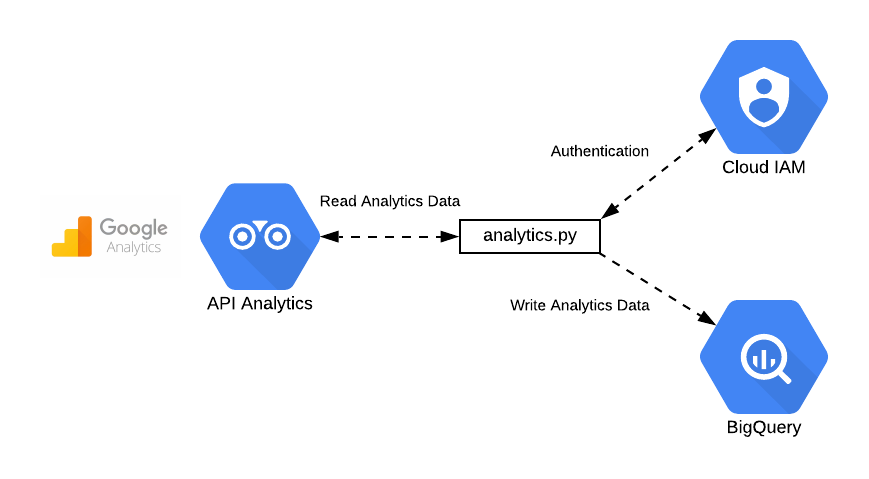
Understanding analytics empowers developers to make more informed decisions about the sites we work on, optimise them more effectively, and create more tailored solutions for visitors. In this blog, I explore some of the reasons why every developer should invest time and effort into understanding data analytics.
Here at Uplift, we have a dedicated analytics team who are excellent at diving into a site’s data, and identifying the most relevant, actionable insights for our designers and developers. Over the years, our development team has gotten more familiar with utilising this data to the point where it is now a standard part of our process.
In particular, there are five specific ways in which utilising data analytics helps our development team create better products.
Data-Driven Decision Making
Data analytics helps us make data-driven decisions rather than relying solely on intuition or guesswork.
We never like to make functionality decisions based upon guesswork - so the ability to review site data to understand exactly who might be visiting a particular website, or to understand how they currently engage with it, can help us make more informed decisions about how functionality should work.
Whether the data covers audience demographics, behaviours, accessibility considerations, or what's most likely to convert a user into a lead, all of this builds a picture of our visitors that means we can make more educated decisions on functionality considerations.
Device Optimisation
We’re often provided with insights such as which browsers or devices the website is most commonly viewed on, meaning we can optimise heavily towards these devices.
For example, if we know that the site is commonly viewed on a mobile network connection, we might take the decision to optimise the site to be as light as possible, avoiding long load times for users who might be on the go. Alternatively if the website’s analytics data tells us that it’s most commonly viewed on larger desktop screen sizes, then we can optimise towards that being the primary device type.
This proactive approach to understanding the user’s technology considerations ensures that sites run smoothly and efficiently, providing a positive user experience.
User Accessibility Insights
We also take the time to review analytics data to understand if there are any specific accessibility considerations we need to bear in mind for a website’s target audience. For example, this might include visual accessibility aids such as colour contrast tools, screen readers, appropriate font sizes and tap targets. Almost all websites will have a proportion of users who do have accessibility considerations, and it’s crucial that we bear these users in mind and make the necessary adjustments during our build process.
Personalisation
We can also utilise analytical data to understand if there are any opportunities for website personalisation too.
For example, if we can see that a high proportion of users re-visit an eCommerce website after the product they purchased has arrived, we can tailor the content that appears for returning users - perhaps after 4-5 days. Rather than lead with sales or promotional content, we could put informational or educational content further up - such as set-up guides or instructional videos.
Business Alignment
Another interesting way in which developers can make use of website analytics is to align with commercial priorities.
For example, we can learn which products are most frequently purchased, and ensure these are adequately promoted across the site. Or we can understand if a combination of products are often purchased together, and implement upsell functionality as part of the basket or checkout process. This caters for our users - by promoting the products they most frequently look for or purchase - but it also aligns with our client’s commercial priorities too.
Overall, incorporating data insights and website analytics into the website build process is no longer optional but necessary for success. Embracing analytics enables us to make informed decisions, more effectively optimise site performance, and build more tailored solutions that better cater to user needs.
By becoming familiar with a site’s analytics data, developers can become more valuable assets to the build process, and work more collaboratively with strategists, planners, and designers.









